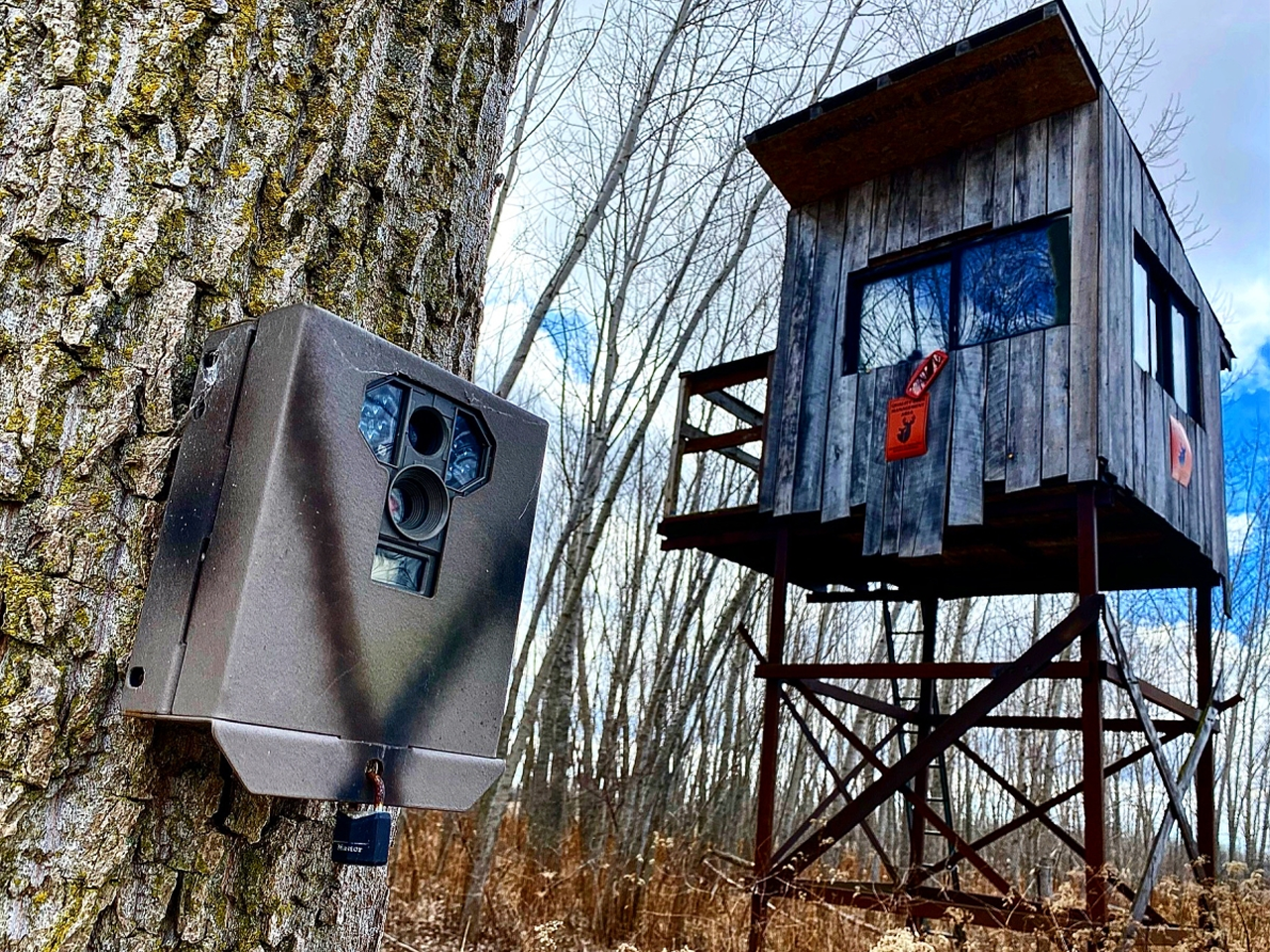
Placement is Everything
If you're a deer hunter, you may be considering planting a food plot to attract and keep deer on your property. But before you start planting, it's important to carefully choose the right location for your food plot. Here are a few tips to help you pick the perfect spot.
First, consider the soil type and drainage. The type of soil you have on your property will determine what types of plants will grow well in your food plot. Sandy soils drain well and are great for annuals like clover and brassicas, while clay soils are better for perennials like alfalfa and chicory. Good drainage is also important to prevent standing water and to ensure that your plants have access to the moisture they need.
Next, look for a sunny spot. Most plants need plenty of sunlight to grow and produce food for the deer. Avoid shaded areas, such as under dense tree canopies, as these areas will not provide enough sunlight for your food plot to thrive.
It is always good to choose a location near cover. Deer are naturally wary animals and will feel more comfortable if they have access to cover nearby. Look for a spot that is near thick brush, a stand of trees, or a hedgerow where the deer can hide and feel safe.
It is extremely important to consider the wind direction. Deer have a keen sense of smell and will be attracted to the scent of your food plot. However, they will also be wary of the scent of humans. To avoid spooking the deer, choose a location for your food plot that is downwind of where you hunt or spend time on your property. This will help mask your scent and make it easier for the deer to find and use your food plot. By taking the time to carefully choose the right location for your food plot, you can help ensure that it will be successful and provide plenty of food for the deer on your property.
When it comes to trail cameras, location is key. A well-placed trail camera can provide valuable information about the wildlife on your property, but a poorly placed camera can go unnoticed by the animals you want to photograph. Here are a few tips to help you pick the best location for your trail camera.
Look for areas with high deer activity. Deer are the most common animal that people want to photograph with trail cameras, so it's important to place your camera in an area where the deer are active. Look for signs of deer activity, such as tracks, droppings, and rubbing on trees, and place your camera near these areas.
Pick a location near a natural travel corridor. Deer, and other animals, follow predictable paths as they move around your property. Look for areas where the animals are likely to travel, such as near a water source, a food plot, or a thick stand of trees, and place your camera near these areas.
Be sure to consider the height of the camera. Trail cameras are usually mounted on trees or posts, so it's important to consider the height at which the camera will be placed. For best results, place the camera at the same height as the animals' eyes. This will help ensure that the camera is triggered when the animals pass by, and will also provide a more natural perspective in the photos.
Try your best to avoid placing the camera near human activity. Animals are naturally wary of humans, and they may avoid areas where they detect human scent or activity. To avoid scaring the animals away, avoid placing your camera near areas where you hunt, walk, or spend time on your property.
By following these tips, you can help ensure that your trail camera is in the right location to capture photos of the wildlife on your property.
When it comes to hunting, having a good tree stand location can make a big difference in your success. A well-placed tree stand can provide a comfortable and strategic vantage point for hunting, but a poorly placed stand can leave you out in the open and vulnerable. Here are a few tips to help you pick the best location for your tree stand.
Look for areas with high deer activity. Deer are the most common animal that people hunt from tree stands, so it's important to place your stand in an area where the deer are active. Look for signs of deer activity, such as tracks, droppings, and rubbing on trees, and place your stand near these areas.
Go with a spot near a natural travel corridor. Deer, and other animals, follow predictable paths as they move around your property. Look for areas where the animals are likely to travel, such as near a water source, a food plot, or a thick stand of trees, and place your stand near these areas.
Consider the height of the stand. Tree stands are typically placed high off the ground to provide a clear view of the area below. For best results, choose a tree that is tall enough to provide a good vantage point, but not so tall that it makes it difficult to climb or hunt from. Avoid placing the stand near human activity. Animals are naturally wary of humans, and they may avoid areas where they detect human scent or activity. To avoid scaring the animals away, avoid placing your stand near areas where you hunt, walk, or spend time on your property.
By following these tips, you can help ensure that your tree stands, food plots, and game trail cameras are in the right locations to provide a comfortable,strategic, and fruitful harvest during your hunting season.
Get In Touch
11076 Norman Rd., Brockway, Michigan, 48097, USA
Quick Links
Copyright © 2025 Crooked Bend. Website by JZ Internet






